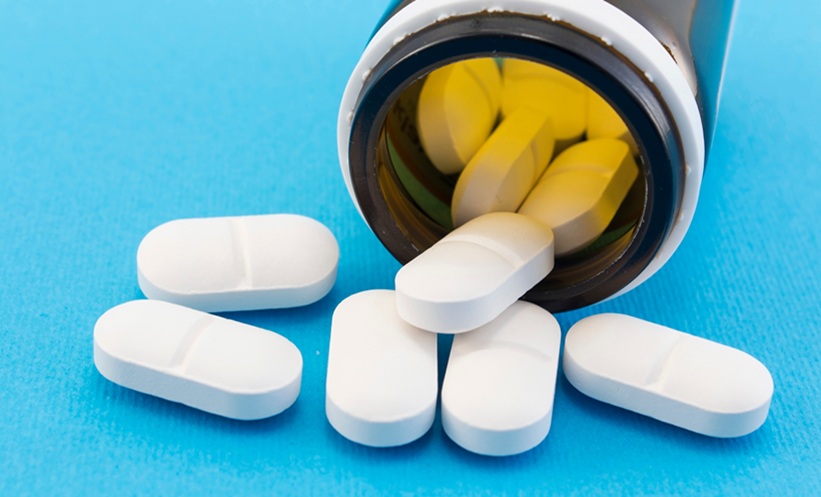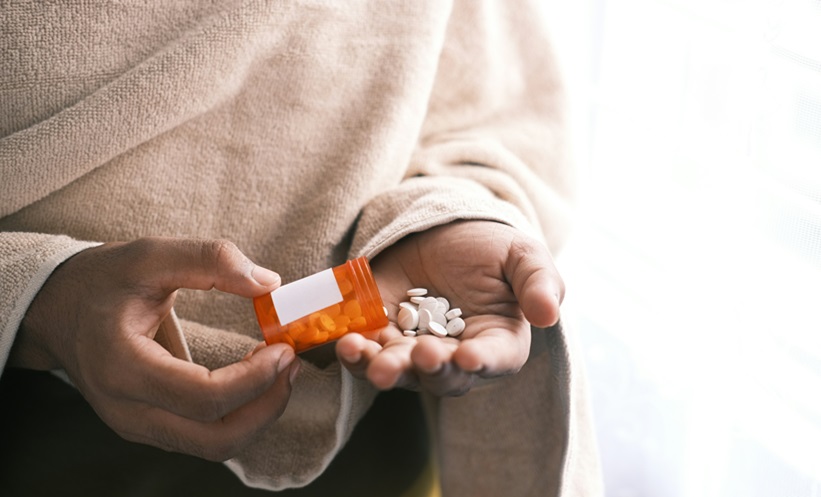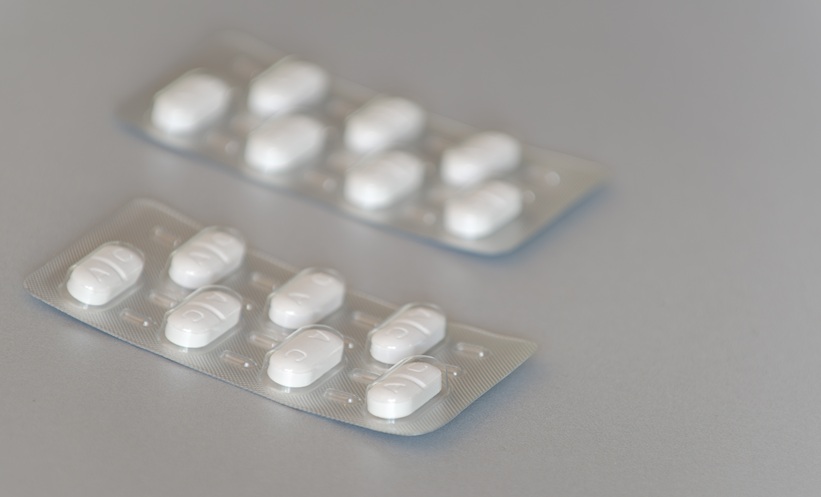A RECENT retrospective case-control study has revealed that patients with a documented penicillin allergy are prescribed significantly more outpatient antibiotics following hospital discharge than those without such an allergy.
While it is well-established that individuals with penicillin allergy often receive suboptimal antibiotic treatment and face a higher risk of adverse effects, this study sought to determine how frequently these patients are prescribed antibiotics in the months following hospitalisation.
Researchers analysed antibiotic prescriptions for a 15-month period after discharge, comparing patients with and without penicillin allergies. The incidence rate of new outpatient antibiotic prescriptions was found to be notably higher in the penicillin allergy group. Specifically, the incidence rate ratio was 1.27, with a 95% confidence interval of 1.10 to 1.48 and a statistically significant p-value of 0.0014. Interestingly, no difference was observed in the number of inpatient antibiotic courses between the two groups during the same period.
These findings highlight the ongoing impact of penicillin allergy labels on patient care, long after hospital treatment ends. The increased rate of outpatient antibiotic use may reflect clinicians’ efforts to avoid penicillin in these patients, often resulting in the use of broader-spectrum or less effective alternatives. This can contribute to antibiotic resistance and unnecessary side effects.
The study strengthens the argument for re-evaluating and, where appropriate, removing inaccurate penicillin allergy labels, a process known as de-labelling. Many patients are mistakenly labelled as allergic based on historical reactions that may not represent true allergies. Proper assessment and de-labelling can ensure that patients receive the most suitable and effective antibiotics, ultimately improving clinical outcomes and reducing unnecessary antibiotic use.
Reference
Waters CD et al. Penicillin allergy labels are associated with a greater number of courses of antibiotics after hospitalization. Allergy Asthma Proc. 2025;46(4):335-8.






